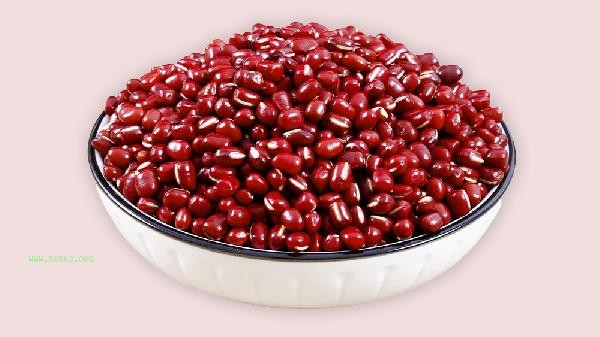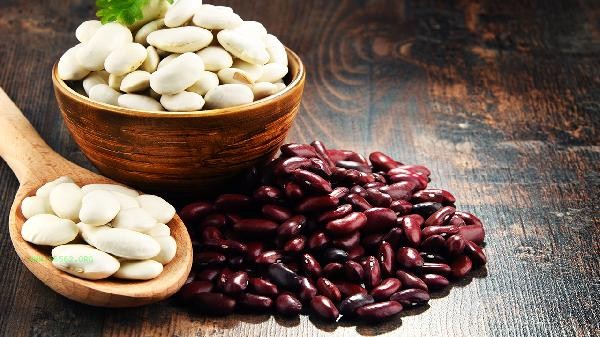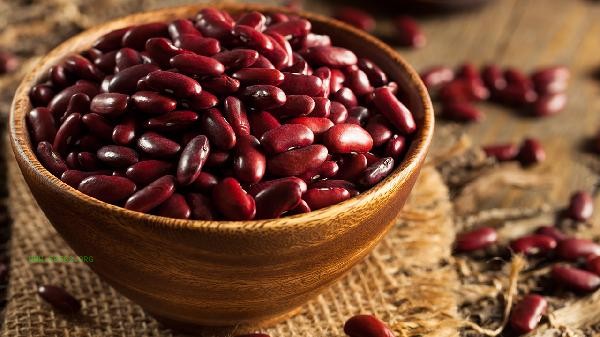Red beans that cannot be cooked until tender can be solved by soaking them in advance, adjusting the heat, adding auxiliary ingredients, using a pressure cooker, or repeatedly heating them.

1. Pre soaking
Red beans have a hard texture and are difficult to soften when cooked directly. It is recommended to wash the red beans and soak them in clean water. The soaking time should be controlled at 4-6 hours in summer and extended to 8-12 hours in winter. During the soaking process, red beans absorb moisture and expand, causing their cell structure to become relaxed and more prone to rupture when cooked. If time is tight, soaking in warm water can shorten the time, but avoid using boiling water to prevent surface protein from solidifying and affecting water absorption.
2. Adjust the heat
When cooking red beans, follow the principle of high heat first and then low heat. Bring to a boil over high heat, then reduce the heat and simmer slowly, keeping the water surface slightly churning. Continuous high fire can cause rapid evaporation of water, resulting in the outer layer of red beans gelatinizing while the interior remains hard. Slow simmering over low heat can allow the heat to penetrate evenly, usually taking more than 40 minutes. During the process, observe the water volume and replenish hot water in a timely manner to avoid drying the pot, but do not frequently open the lid to avoid temperature fluctuations.
3. Adding auxiliary ingredients
Adding a small amount of edible alkali or baking soda during the cooking process can destroy the pectin substances in the red bean cell wall and accelerate softening. Add 1-2 grams per 500 grams of red beans, as excessive amounts can affect taste and nutrition. It can also be cooked with acidic ingredients such as hawthorn and lemon slices to promote decomposition through acid-base reactions. However, patients with diabetes should be aware that acidic food may increase the glycemic index.

4. Using a pressure cooker
The pressure cooker accelerates food softening by increasing the boiling point, making it particularly suitable for processing aged red beans. Put the soaked red beans in water at a ratio of 1:3, and press them for 15-20 minutes to fully soften and rot. Before use, check the safety of the valve and allow it to cool naturally during pressure relief to avoid sudden opening of the cover. High pressure treatment can retain more nutrients such as anthocyanins, but it should not exceed the recommended duration to avoid excessive erosion.
5. Repeat heating
If there is still a hard core after the first cooking, drain the water and add boiling water to stew again. The principle of thermal expansion and contraction can cause micro cracks in red beans, making it easier for moisture to penetrate during secondary heating. This method is particularly suitable for red beans that have been stored for a long time, as their cuticle layer is thicker. During repeated heating, appropriate stirring can be used to help achieve even heating, but the action should be gentle to avoid breakage. Red beans are rich in dietary fiber and high-quality protein, but they have strong anti digestive enzyme properties on the skin, and thorough cooking helps with nutrient absorption. Daily storage should be placed in a cool and dry place, as new beans are easier to cook than old ones. Paired with glutinous rice, longan and other ingredients can enhance the blood nourishing effect, and those with renal insufficiency need to control their intake. If the red beans cannot be cooked well for a long time, it may spoil due to improper storage. It is recommended to replace them with fresh red beans.









Comments (0)
Leave a Comment
No comments yet
Be the first to share your thoughts!